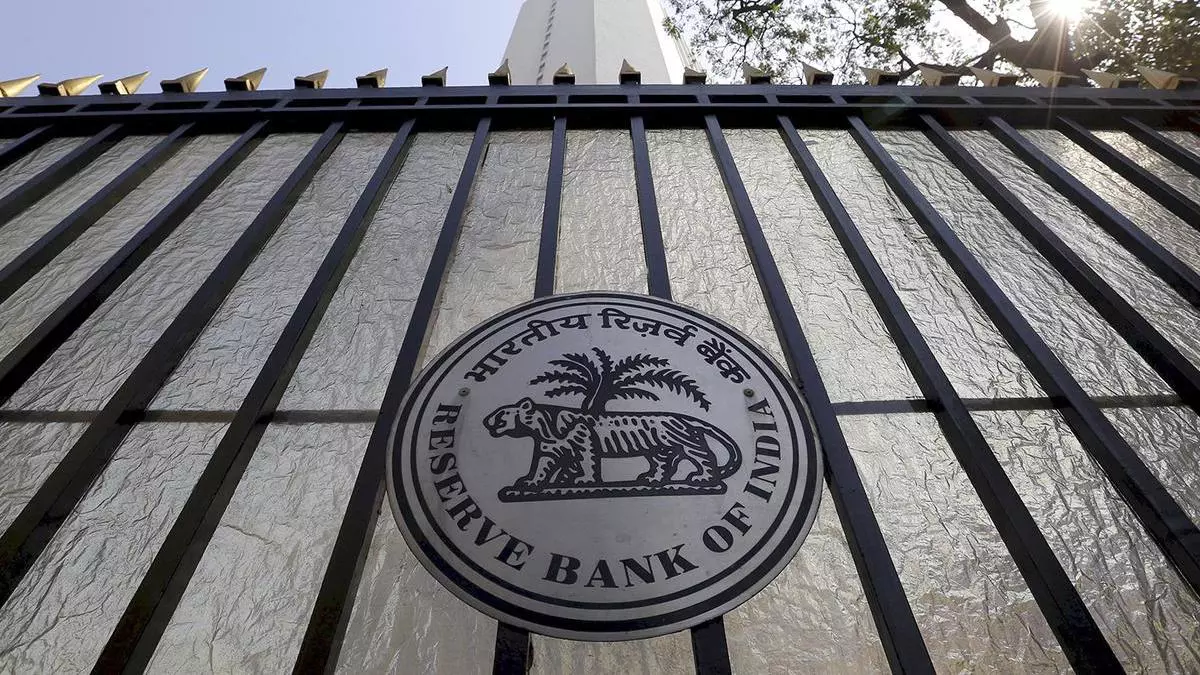Banks looking to exit AIF units may run into wall
Regulated entities such as banks and NBFCs that have already invested in alternative investment funds (AIFs) have 30 days to assess their investee AIFs’ portfolios and liquidate their investment in the AIFs to mitigate provisioning. This will pose a challenge as there is no active secondary market in India for such AIF units, according to experts.
“It is not easy to sell the AIF units as these are not listed and there is no readily available market to offload these,” said Parul Jain, Head of Fund Formation Practice, Nishith Desai Associates, Nishith Desai Associates. “Banks do not have control on management of AIFs or where the managers are investing. The circular could restrict investments from an entire LP class.”
The RBI could have considered framing some checks and balances to prevent misuse of AIF structures, or probably allowed regulated entities to be excused from contributing to downstream investments where such entity has a loan exposure, added Jain.
The RBI circular issued on Wednesday is aimed at addressing the regulator’s concerns on evergreening of loan exposures of financial institutions, disguised as AIF investments.
Debtor companies
The guidelines will discourage regulated entities, or REs, from investing in AIFs even for genuine reasons such as diversification of risk, experts said.
This is because if the AIF invests in a debtor company of such banks or NBFCs, the RE will have to either exit from its investment in the AIF or make 100 per cent provisioning on such investments. The REs will have to find ways to ensure that the AIFs do not prospectively make investments in the REs’ debtor companies.
“It is likely that from now on REs will require a prior commitment from AIFs that the funds will not invest in any existing debtor company of such REs. Such a commitment may be inserted in the AIF’s private placement memorandum, through an amendment, with the consent of a super-majority of investors or may be contained in a side-letter issued by the AIFs to the REs,” said Vinod Joseph, Partner, ELP, in a note.
The measures, unless calibrated further, will serve as a significant barrier for participation of financial institutions in AIFs as the FIs would want full flexibility in providing credit and other facilities to the portfolio entities of the AIFs, said Subramaniam Krishnan, Partner at EY India.
“The norms can impact domestic capital formation for alternative assets in India. Perhaps, a solution could have been found that identifies the possible evergreening approaches and introducing targeted measures to address those,” he said.
According to Joseph, the circular would have caused less collateral damage if it had contained thresholds for application. It could have, for example, applied only if the RE’s investment in the AIF is at least 25 per cent of the AIF’s investment in the debtor company and the RE’s loan to such debtor company is due within a year of such RE’s investment in the AIF.
Notably, the guidelines do not apply if another scheme of the same AIF or any scheme of an AIF which has the same investment manager, invests in a debtor company of such RE. So, if a bank has invested in scheme A of an AIF, it does not prohibit scheme B of the same AIF or scheme K of another AIF which has the same investment manager as scheme A, from investing in a debtor company of the bank, said Joseph.
